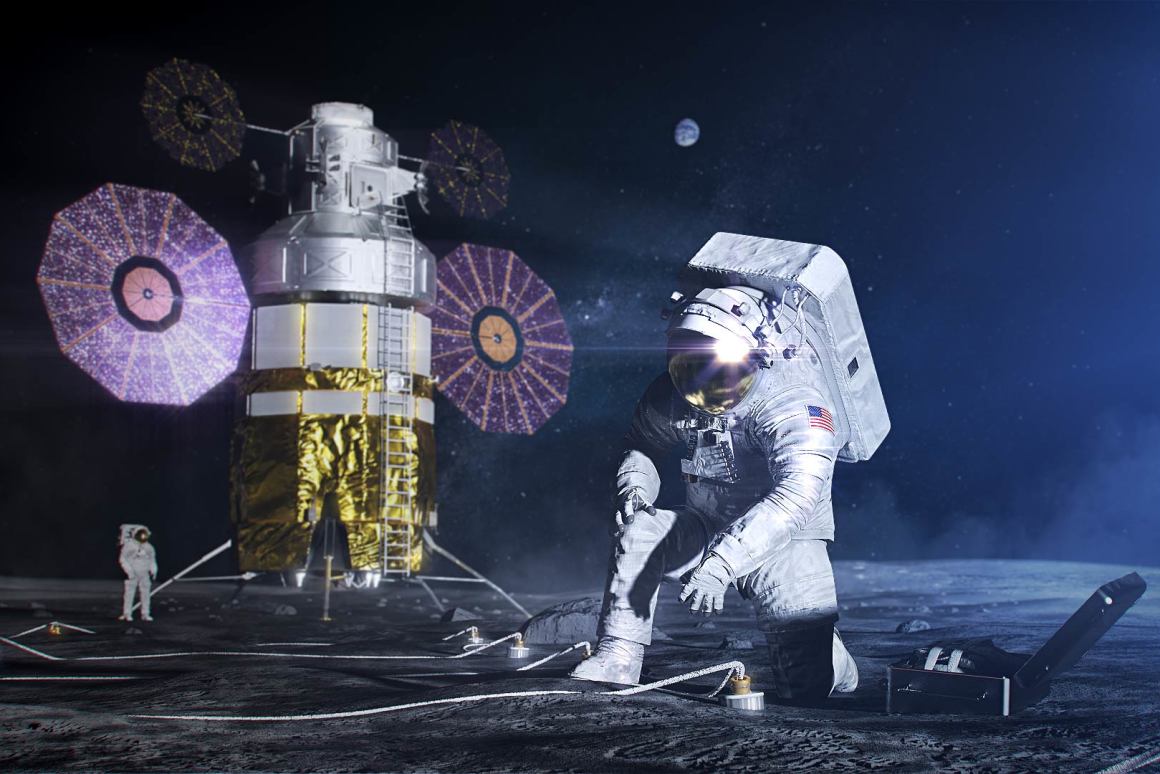As part of the Artemis missions, which will once again see Man set foot on the Moon, astronauts will be dressed in new spacesuits – safer, more efficient, and more comfortable.
As you move through space, the combinations look like real, customized spaceships to keep you alive. The current structures are the same as those used during Apollo missions. These combinations have been very effective, but they still have some limitations. As the United States aims to return to the moon, NASA has redesigned its equipment.
These new combinations, called Extravehicular Mobility Unit (or xEMU), have just been presented.
Safer
Since Apollo 11, we know that the main danger when you are on the lunar surface is dust. It is composed of tiny glass-like fragments, very abrasive. The new combination has been designed to prevent any inhalation by the astronaut or contamination of his survival system.
The suit is also designed to withstand extreme temperatures of -120 ° C in the shade, and up to + 120 ° C in the sun. The Life Support Portable system – the astronauts’ backpack providing oxygen and eliminating exhaled carbon dioxide – has also been reduced, while allowing longer outings into space.
More intelligent
Helmets will also benefit from a new audio system. Exit the connected cups. New microphones will be integrated into the upper torso of the astronaut. Not to mention the headphones. Enough to facilitate communications with other crew members, or mission controllers in Houston.
These helmets will also be equipped with new quick-change visors. In other words, in case of wear or scratches, astronauts will not have to change the entire helmet. They can simply change the visor.
Better mobility
Artemis mission astronauts will also have new joints in the hips, knees and shoulders. They will be able to move more easily, with greater freedom of movement. The boots will also have flexible soles. These combinations will also be personalized thanks to 3D scans, in order to perfectly match the body of astronauts. They will be adjustable as needed. We know that the human body can evolve in a space environment.
Note that the concerned will always wear a layer during outings in space or on the lunar floor. They are rarely used, but some missions could last several hours. The astronauts will be able to relieve themselves without problem.
These new suits have already been deployed underwater, and should soon be tested aboard the ISS. Remember that a first crew should then be placed in orbit around the Moon in 2022, as part of the mission Artemis 2. Then come the mission Artemis 3, which will lead the astronauts to land on the lunar ground in 2024. It This will be the first human moon landing since Apollo 17 in 1972.




